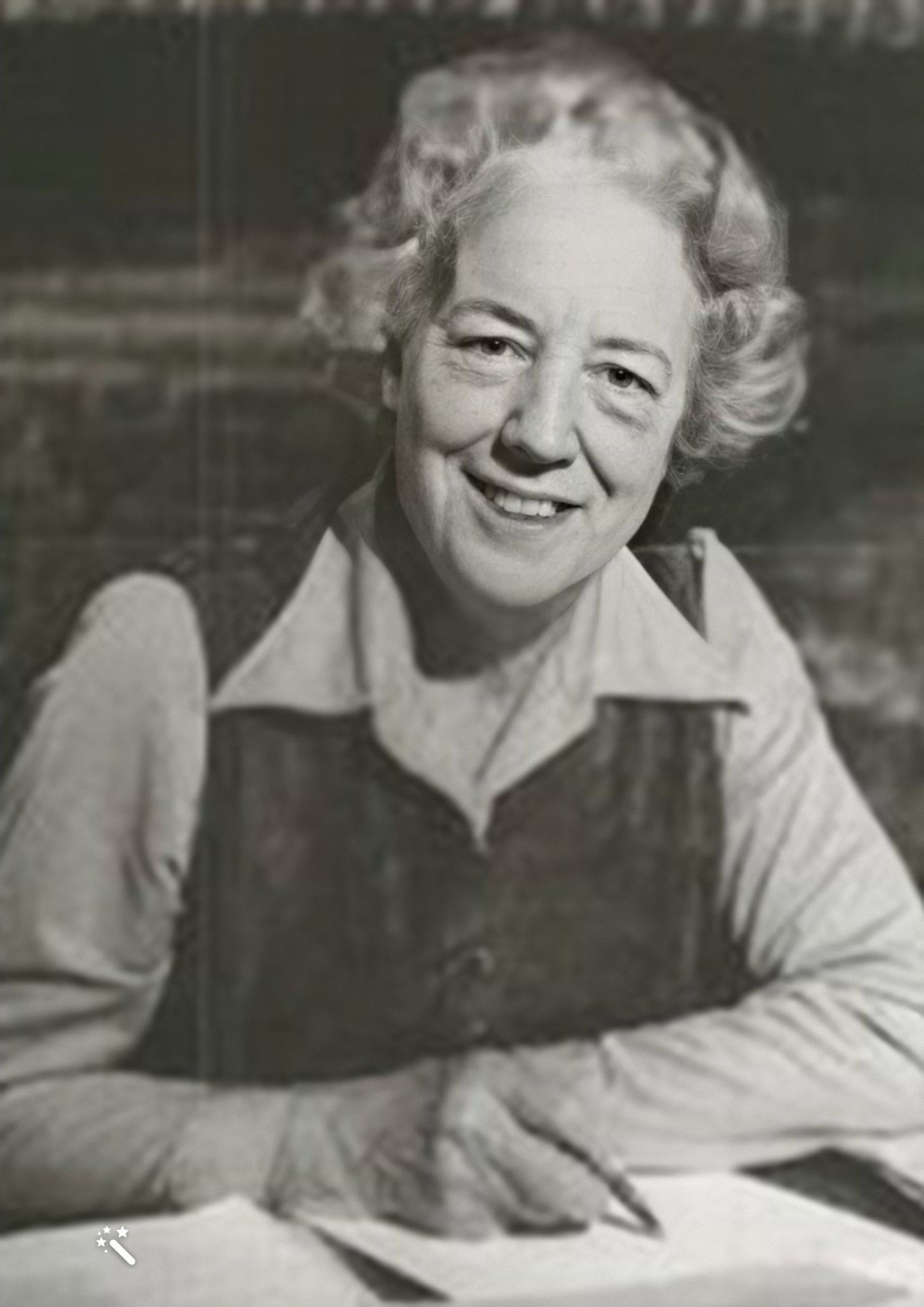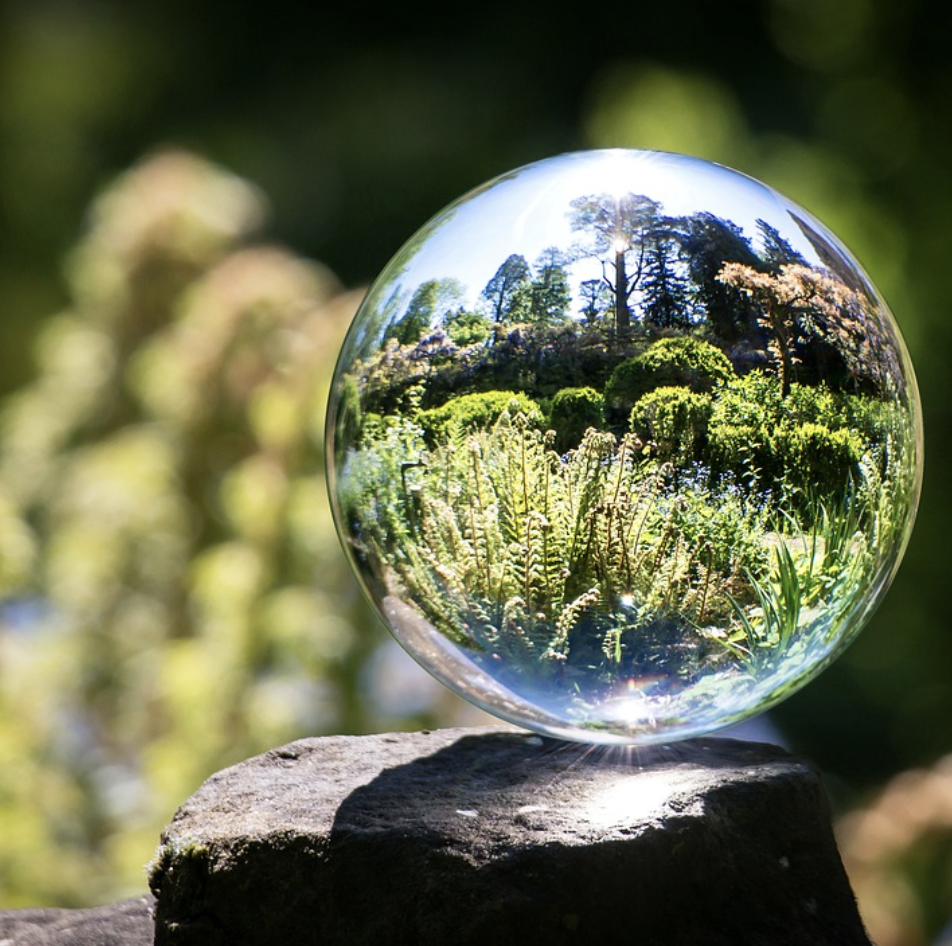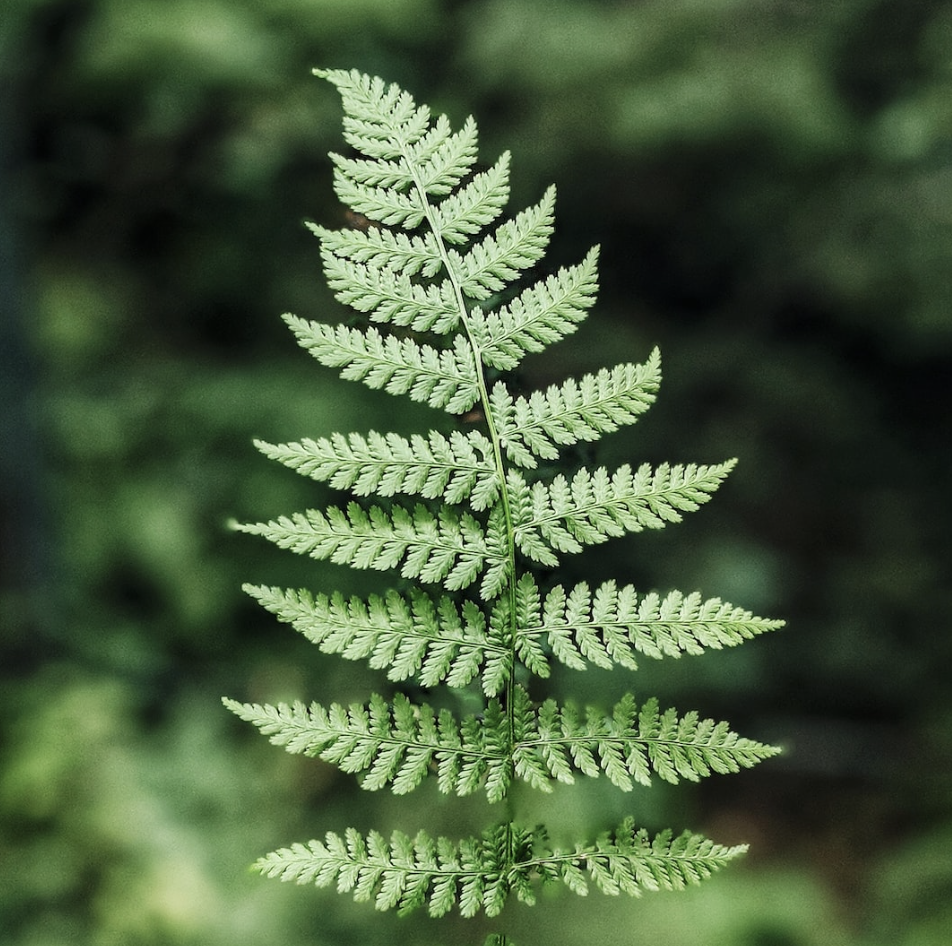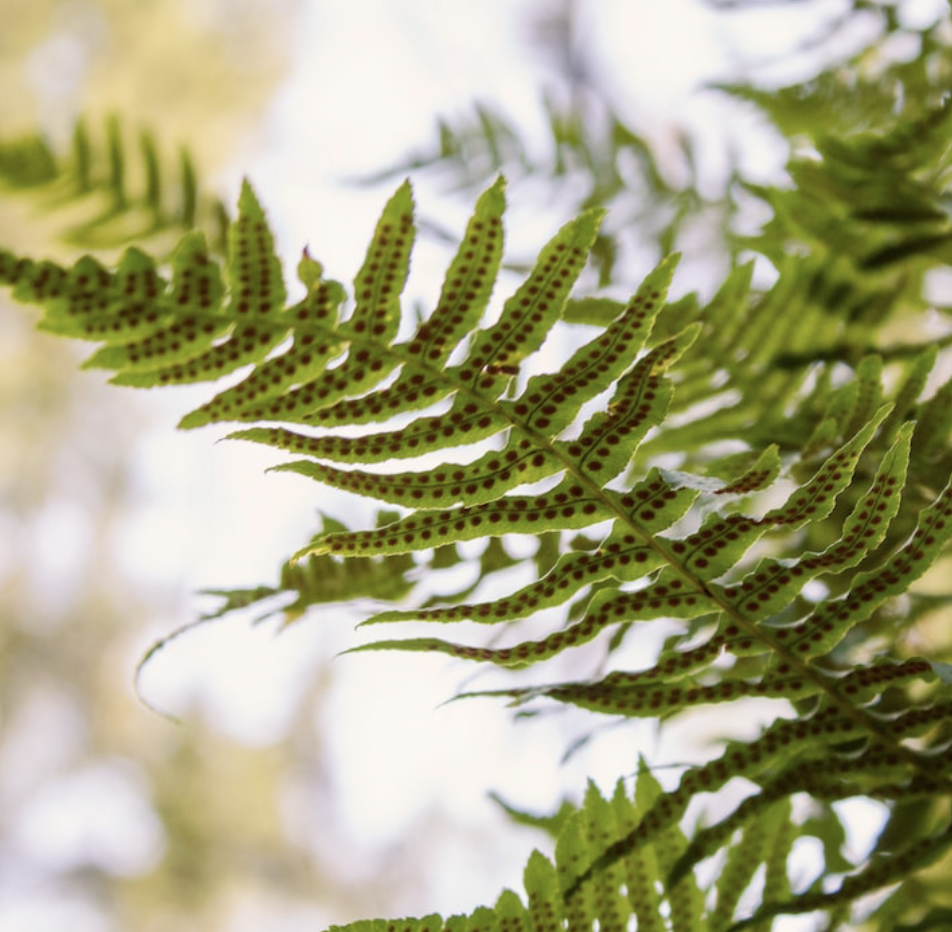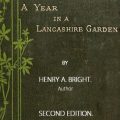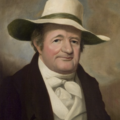English Gardener and Writer Frances Perry and her Thoughts on Ferns
"Sure enough, there was a baby fern growing inside.
The spores can survive in their millions until conditions for growth are right."
April 21, 1985
On this day, the garden writer Frances Perry shared a charming article in her regular gardening column in The Observer about how to grow a fern spore. She wrote:
My father-in-law, Amos Perry, once told me that if I pushed a stopperless bottle upside down in moist, shady soil, a fern would grow inside it.
So I did just that and then forgot it.
Two years later, while separating some large hellebore plants, we came across the old bottle.
Sure enough, there was a baby fern growing inside. The spores can survive in their millions until conditions for growth are right.
Next, Frances shared how to propagate ferns:
The best way to propagate [ferns] is by division. This is a good time both to plant and divide.
Propagation by means of spores is more laborious.
Towards the end of summer, the spores are found on the backs of mature fronds.
When ripe, they can be shaken off, then sown on fine soil in a pot or pan. Do not cover with soil, but lay a pane of glass over the top to maintain humidity.
Stand the pot in a saucer with a little rainwater at its base. Keep the temperature at about 65 degrees Fahrenheit, and remove the glass for about an hour daily to change the air. Wipe it dry before returning.
Eventually, green cushion-like bodies will appear…
Later, first tiny green leaves...
It will be at least another 12 months before good plants are produced.
Finally, Frances highlights a variety of ferns. Regarding Queen Victoria’s fern, she wrote,
Queen Victoria's Fern, Athyrium filix-femina 'Victoriae' ("ah-THEER-ee-um FY-lix--FEM-in-uh”), which has its 3-foot fronds and all their pinnae (segments) crossed to form V’s as well as boasting crested edges, was found near a Scottish cart track more than a century ago.
Regarding the Royal Fern, Frances said,
No waterside fern is more regal than the Royal Fern, Osmunda regalis ("oz-MUN-duh ray-GAH-lis"), the 8- to10-foot fronds once sheltered an ancient British king, Osmund, from marauding Danes.
Then, Frances shared her favorite ferns for wet gardens and indoor spaces. She wrote:
Good ferns for soggy spots include all of the Heart's Tongues; the Netted Chain Fern, Woodwardia areolata ("wood-WAR-dee-ah arr-ee-oh-LAY-ta"), a creeping plant for swampy ground, and the Dwarf Oak Fern, Gymnocarpium dryopteris 'Plumosum' ("jim-n-oh-KAR-pi-um dry-OP-ter-is ploom-oh-sim").
Ferns suitable for indoor culture include most Maidenhairs, Adiantums ("AYE-dee-ANT-ums") — which incidentally loathe tobacco smoke — the Hare's Foot [or the Squirrel's Foot fern], Davallia fejeensis, (“duh-vall-ee-uh fee-jay-en-sis”) — ideal for hanging baskets with its brown exposed tubers like animal paws, the long-fronded aptly-named Ladder Ferns (Nephrolepis "nef-ro-LEP-iss" varieties - like the sword fern or Boston fern) and the Bird's Nest Fern, Asplenium nidus "as-PLEE-nee-um Nye-dis"; which produces 24-inch fronds shuttlecock fashion in a wide circle.
In nature, Asplenium perches on trees, but our 20-year-old does very well in a large flower pot.
I only water into the center of the plant, not into the soil.
This post was featured onThe Daily Gardener podcast:
helping gardeners find their roots,
one story at a time
